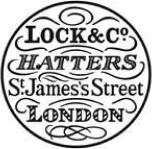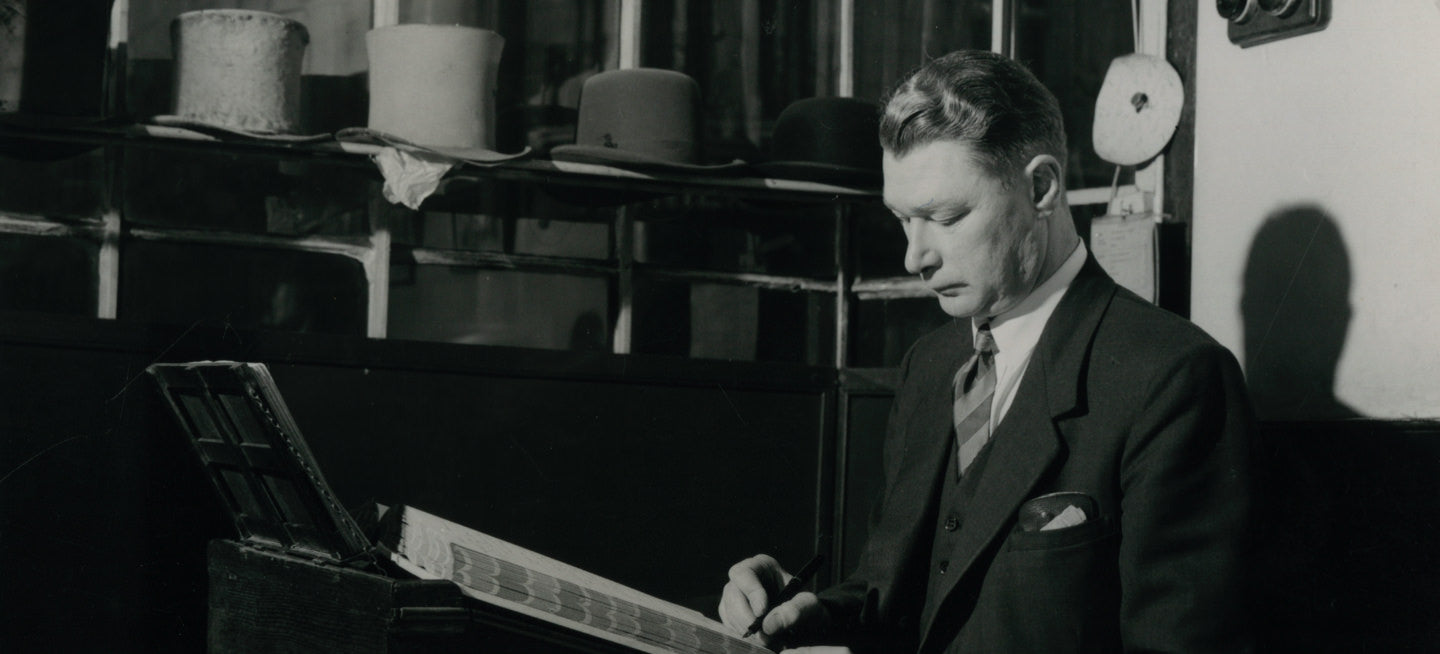Your Shopping Bag is Empty
Order by this Friday for delivery to the US in time for the Kentucky Derby. Discover our exclusive collection. Shop Now
Order by this Friday for delivery to the US in time for the Kentucky Derby. Discover our exclusive collection. Shop Now



























































